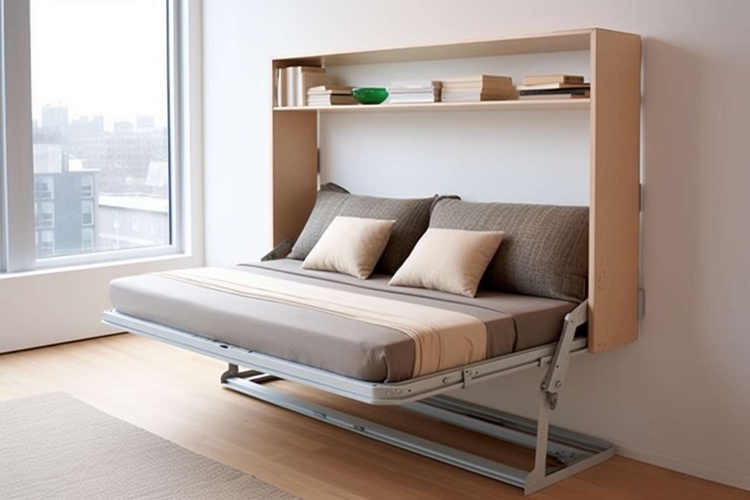Micro-Unit Rentals: The Next Big Thing in Urban Housing
In the ever-evolving landscape of urban real estate, a new trend is making waves and challenging traditional notions of city living. Micro-unit rentals, compact living spaces typically ranging from 200 to 400 square feet, are emerging as a popular solution to housing shortages and affordability issues in major metropolitan areas. This innovative approach to urban housing is reshaping the rental market and offering a fresh perspective on what it means to live comfortably in the heart of a bustling city.

Understanding the Appeal
The growing popularity of micro-unit rentals can be attributed to several factors. Firstly, they offer an affordable entry point into desirable neighborhoods that might otherwise be out of reach for many renters. By sacrificing square footage, tenants can enjoy prime locations without breaking the bank. Secondly, these units cater to the minimalist lifestyle trend, encouraging occupants to declutter and focus on experiences rather than possessions. Lastly, micro-units often come with shared amenities like co-working spaces, fitness centers, and communal lounges, fostering a sense of community among residents.
Design Innovations in Micro-Living
Architects and interior designers are rising to the challenge of creating functional and aesthetically pleasing micro-units. Clever space-saving solutions such as Murphy beds, fold-down tables, and multi-purpose furniture are becoming standard features. Some units incorporate loft-style sleeping areas to maximize vertical space, while others utilize sliding walls to create flexible living areas. High ceilings and large windows are employed to create a sense of openness, combating potential feelings of claustrophobia.
The Financial Perspective
From an investment standpoint, micro-unit rentals present an intriguing opportunity. Developers can potentially increase their return on investment by fitting more units into a single building. However, construction costs per square foot tend to be higher due to the need for high-end finishes and built-in amenities. For renters, the lower overall rent allows for significant savings, but the cost per square foot is often higher than in traditional apartments. This trade-off between location and space is reshaping how urban dwellers perceive value in the rental market.
Regulatory Challenges and Zoning Considerations
The proliferation of micro-unit rentals has not been without challenges. Many cities have minimum size requirements for residential units, necessitating zoning changes to accommodate these smaller living spaces. Concerns about overcrowding and the potential impact on neighborhood character have led some communities to resist the development of micro-unit buildings. However, proponents argue that these units can help alleviate housing shortages and provide much-needed affordable options in expensive urban markets.
The Future of Urban Living
As cities continue to grapple with housing affordability and density issues, micro-unit rentals are likely to play an increasingly important role in the urban housing ecosystem. The concept is evolving to include co-living arrangements, where residents have private micro-units but share larger common spaces. This model not only addresses housing needs but also combats the growing issue of urban loneliness by fostering community interactions.
Sustainability and Micro-Living
Micro-unit rentals align well with sustainability goals, as they inherently promote a reduced carbon footprint. Smaller living spaces require less energy to heat and cool, and compact urban developments can help reduce sprawl and reliance on personal vehicles. Some developers are taking this a step further by incorporating green building practices and energy-efficient technologies into their micro-unit projects.
Market Outlook and Investment Potential
The micro-unit rental market is expected to grow significantly in the coming years, driven by urbanization trends and changing lifestyle preferences. For real estate investors, this segment offers a unique opportunity to diversify their portfolios and tap into a growing demand. However, success in this niche requires a deep understanding of local market dynamics, target demographics, and regulatory landscapes.
In conclusion, micro-unit rentals represent a paradigm shift in urban housing, challenging traditional notions of space and comfort. As cities become denser and more expensive, these innovative living solutions are likely to become an increasingly important part of the real estate landscape. While not without their challenges, micro-units offer a creative response to the pressing issues of housing affordability and urban density, potentially reshaping the future of city living for generations to come.





